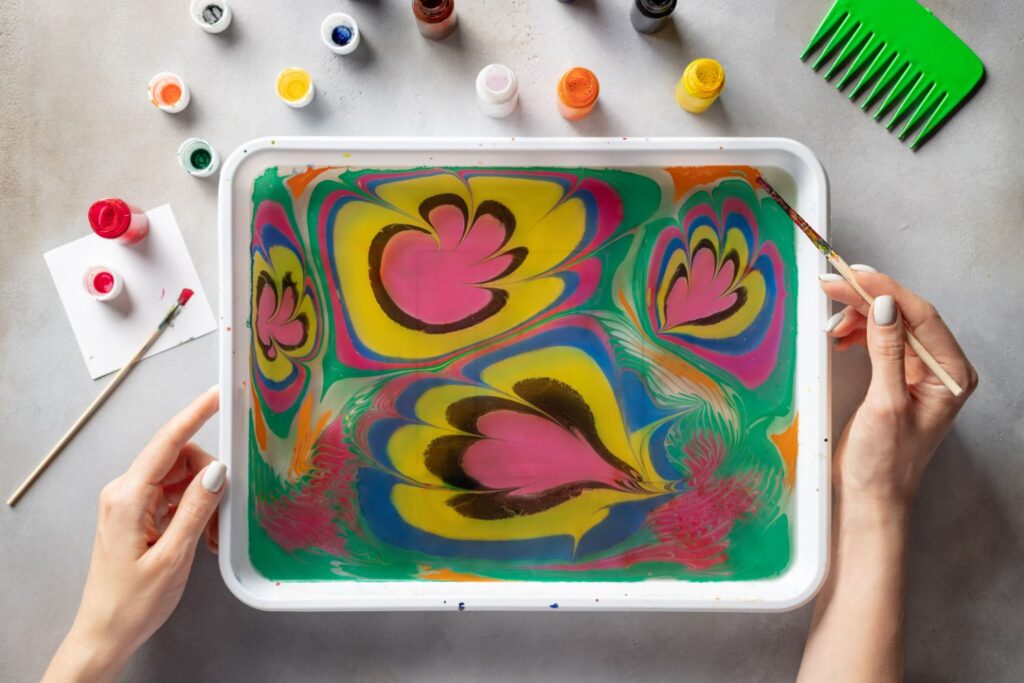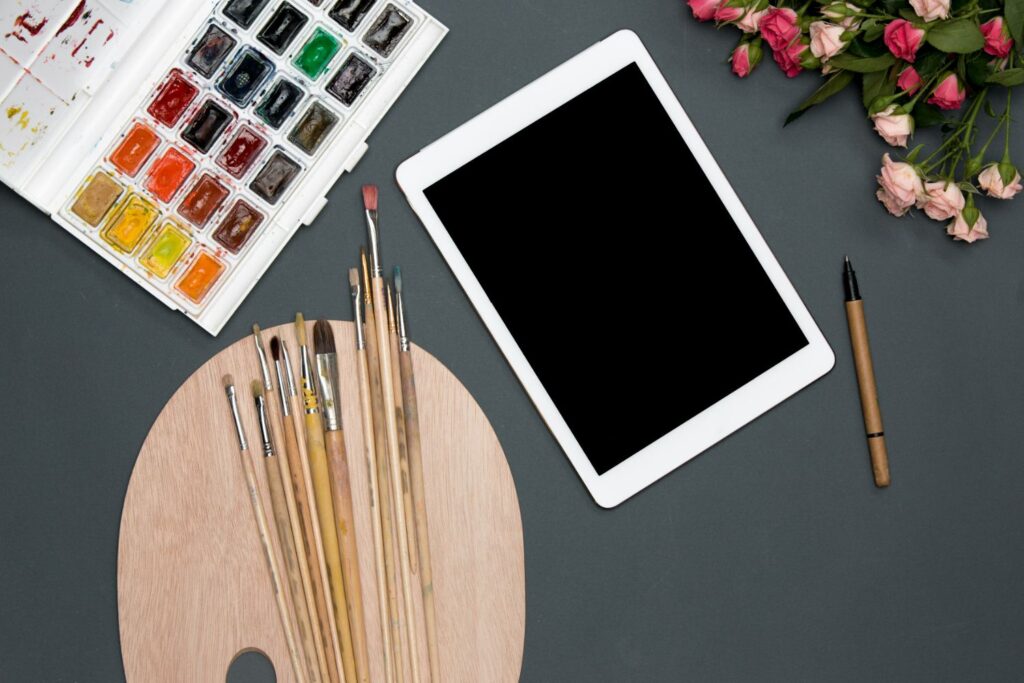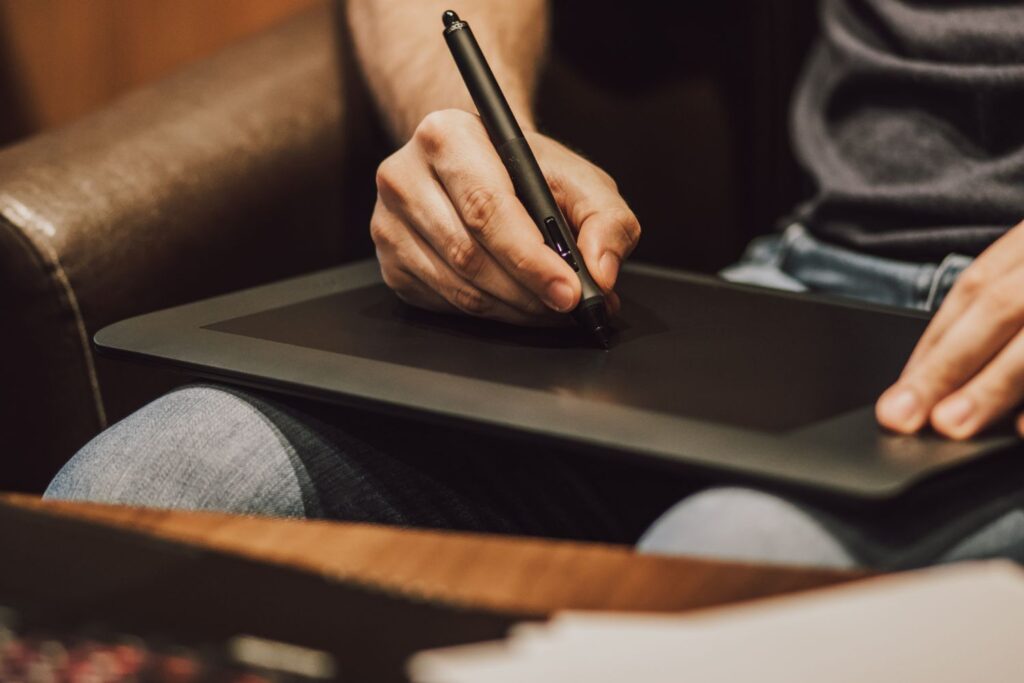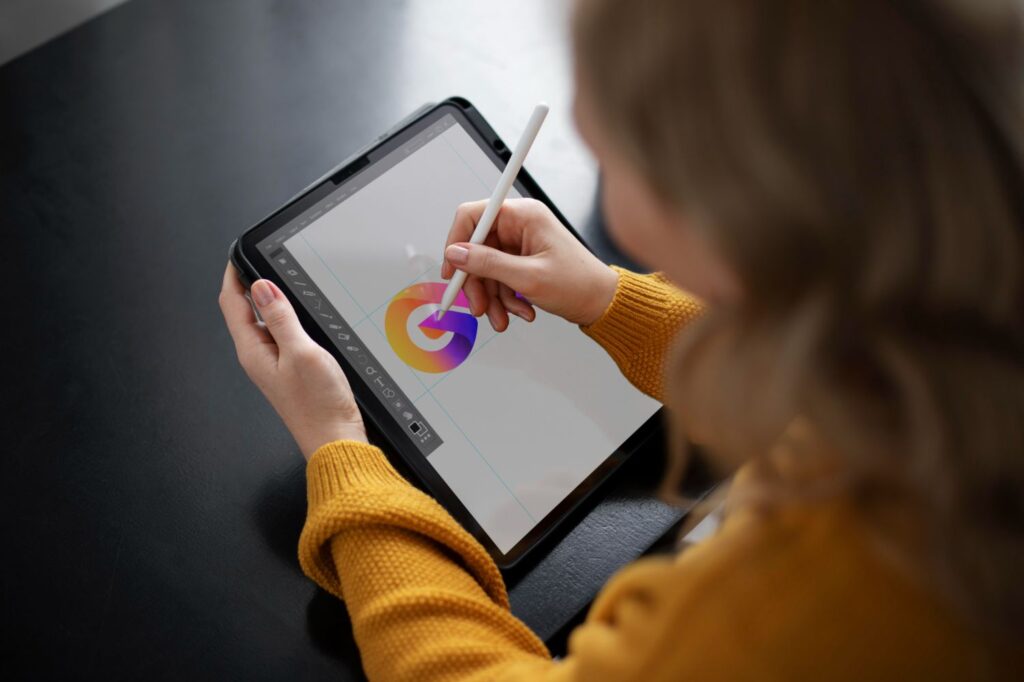Introduction to the Debate: Will Digital Art Replace Traditional Art?
In the ever-evolving world of technology-based creativity, an incisive question has been simmering at the surface – “Will digital art replace traditional art?” The advent of digital artistry has totally transformed the global art landscape, inciting dialogues regarding the credibility and future of traditional art. This nuanced comparison of the two forms of art unravels various aspects of this divisive discourse.
Understanding Traditional Art
Traditional art, as the name subtly implies, refers to art forms that have been passed down through generations. Rooted in acquired skills and physical materials, this form of art employs mediums like paints, pencils, charcoal, and canvas, making each artwork a tangible testament of human creativity.
Pros of Traditional Art
The tactile experience of crafting a traditional artwork is unmatched. The intimate acquaintance with various art materials, the manual finesse, and the heart-warming satisfaction of watching a creation come alive on canvas hold an inherent charm. Additionally, traditional artworks, over time, gather vintage value, often fetching their creators immense financial benefits.
Cons of Traditional Art
Despite its perennial appeal, traditional art can be restricting at times. Artists need a multitude of tools and resources to bring their imagination to life. Additionally, rectifying errors in traditional art is often arduous, requiring the artist to either work around the mistake or start afresh.
Decoding Digital Art
Digital art, a relatively newer entrant in the artistic realm, uses digital technology as an integral part of the creation or presentation process. It encompasses a wide array of artistic works, including digital paintings, animations, and digital installations.
Pros of Digital Art
Digital art is praised for its boundary-pushing capabilities. Artists can erase, redraw and experiment boundlessly with design elements, making this form liberating and innovative. It also eliminates the necessity for physical space, making art more accessible and cost-effective.
Cons of Digital Art
The demerits of digital art lie in its intangible nature. Its inability to evoke the tactile experience that traditional art boasts is a notable point of contention. Also, the steep learning curve to master digital tools can be intimidating for many budding artists.
Digital Vs. Traditional: A Combative or Co-existent Relationship?
Contrary to the popular notion that digital and traditional art forms are at loggerheads, a symbiotic blend of both can usher in a new era of artistic freedom. Understanding that digital art is an enhancement and not a replacement for traditional art is the key to coexistence and artistic expansion.
Why Digital Art Cannot Replace Traditional Art
While the digital mode of art is attractive, it can never replace the essence of traditional art. The tactile stimulation, the romance of physically crafting a piece of art, and the inimitable value of a handmade artifact are irreplaceable aspects of traditional art.
Why Traditional Art Needs Digital Art
With a world that’s increasingly digital, conventional art might lose relevance without the touch of digital enhancement. Digitization can aid in preserving, manipulating, and propagating traditional art, thus bridging the gap between antiquity and modernity.
Conclusion: Digitization Enhances, Not Replaces, Traditional Art
The discourse around “will digital art replace traditional art” tends to overshadow the plethora of opportunities that the amalgamation of both can present. Technological advancements needn’t spell the end for traditional art, but rather add another facet to the sparkling gem that art is. The key lies in harmonizing the old and the new, and reaping the benefits of both worlds.
Frequently Asked Questions
1. Does digital art take less skill than traditional art?
No, digital art requires a different set of skills, involving an understanding of digital tools and software.
2. Can digital art be considered ‘real’ art?
Yes, digital art, like any other form of art, is a legitimate medium of creative expression and is considered ‘real’ art.
3. Do artists who create digital art need to know how to draw?
Although digital tools offer many shortcuts, having drawing skills can significantly enhance the quality of digital artwork.
4. What is the difference between digital and traditional art?
The significant difference lies in the medium of creation. Traditional art uses physical materials, while digital art is created using digital technologies.
5. Does traditional art hold more value than digital art?
While traditional artworks can have historical and vintage value, the value of art, be it traditional or digital, is often subjective and varies based on factors like artist reputation, quality of work, and demand.





